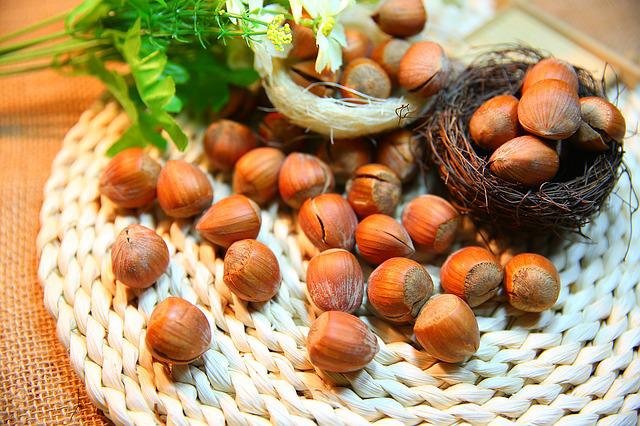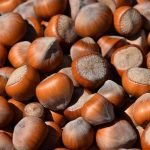
Hazelnut milk is a healthy and nutritious vegetable drink that can also be easily prepared at home. Discover the properties of hazelnut milk and how to make it at home.
Hazelnut milk is a vegetable drink made from the fruit of the hazelnut tree (Corylus avellana L.), a plant that belongs to the Betulaceae family.
Hazelnuts are fruits rich in mineral salts, in particular potassium, phosphorus, magnesium and calcium, which are important for bone mineralization and the proper functioning of the musculoskeletal system.
After almonds, hazelnuts are the fruit with the highest content of Vitamin E which has an important antioxidant function for the body, helping to counteract the action of free radicals, responsible for the aging process.
Hazelnuts are also rich in monounsaturated fats, capable of lowering the levels of ” bad cholesterol ” and triglycerides in the blood and of plant sterols, molecules that play an important role in the prevention of cardiovascular diseases.
The consumption of hazelnut milk is indicated not only for those who have chosen to follow a diet without ingredients of animal origin, but also for those who need to keep cholesterol under control or for those who need extra help to strengthen bones and muscle tissue. Hazelnut milk is also indicated during pregnancy and breastfeeding as it has a high content of folic acid.
How to prepare hazelnut milk at home
Preparing hazelnut milk at home is simple and doesn’t take much time. Like all types of home-made vegetable drinks (rice milk, oat milk, soy milk, etc.), even the faidate hazelnut milk is tastier than the purchased one.
In this recipe we will see how to prepare hazelnut milk manually: if you have the machine to prepare vegetable milk, making the recipe will be even easier and faster since the filtering operation will take much less time.
INGREDIENTS FOR 1 LITER OF HAZELNUT MILK
- 200 grams of toasted hazelnuts
- A pinch of fine salt
- 1 liter of water
- Natural sweetener (optional)
HOW TO PROCEED
- In a large pot, heat the water to a temperature of about 40 ° C, add the toasted hazelnuts to the water and then turn off the heat and let it rest for about ten minutes.
- Hazelnut milk has a fairly neutral flavor: if you plan to consume hazelnut milk for breakfast or to prepare sweet recipes, you can sweeten it with two or three tablespoons of brown sugar or malted rice or barley before proceeding, or sweeten it to taste before use.
- Blend with an immersion blender for a few minutes, until all the hazelnuts are chopped and the mixture is homogeneous;
- Let it rest again for about ten minutes then strain. To filter the milk you will need a fine-meshed sieve, a perfectly clean cotton or linen cloth and a container;
- Place the cloth inside the colander, place the colander over a large container and slowly pour the milk into the colander. When you have finished, press the cloth very well to recover as much milk as possible.
- Add a pinch of salt to the hazelnut milk, then pour the milk into a clean glass bottle and store the milk in the refrigerator for a maximum of four days.
If you want a thicker and tastier milk, you can reduce the amount of water from one liter to 800 milliters.
Tip:
The leftover hazelnut puree can be stored and used to make cakes and biscuits.
How to use hazelnut milk
With the recipe we have just seen, about a liter of vegetable hazelnut milk is obtained which can be consumed plain or sweetened for breakfast together with biscuits, cakes or muslei, or added to coffee or tea as an alternative to cow’s milk. You can also enjoy the drink alone, cold or hot, perhaps with a sprinkling of cocoa or cinnamon.
Hazelnut milk is also suitable as a base for many sweet or savory vegetable preparations. You can try replacing it with cow’s milk or other types of vegetable milk in cake and cookie doughs, in recipes for puddings, creams and ice cream. Thanks to the neutral flavor of hazelnut milk, you can also experiment with its use in savory recipes such as vegetable soups, béchamel, doughs and creams for savory pies.
The okara, that is the hazelnut puree left over from the preparation of hazelnut milk, can be kept for three or four days in an airtight container in the refrigerator and can enrich doughs for cakes or sweet biscuits.






